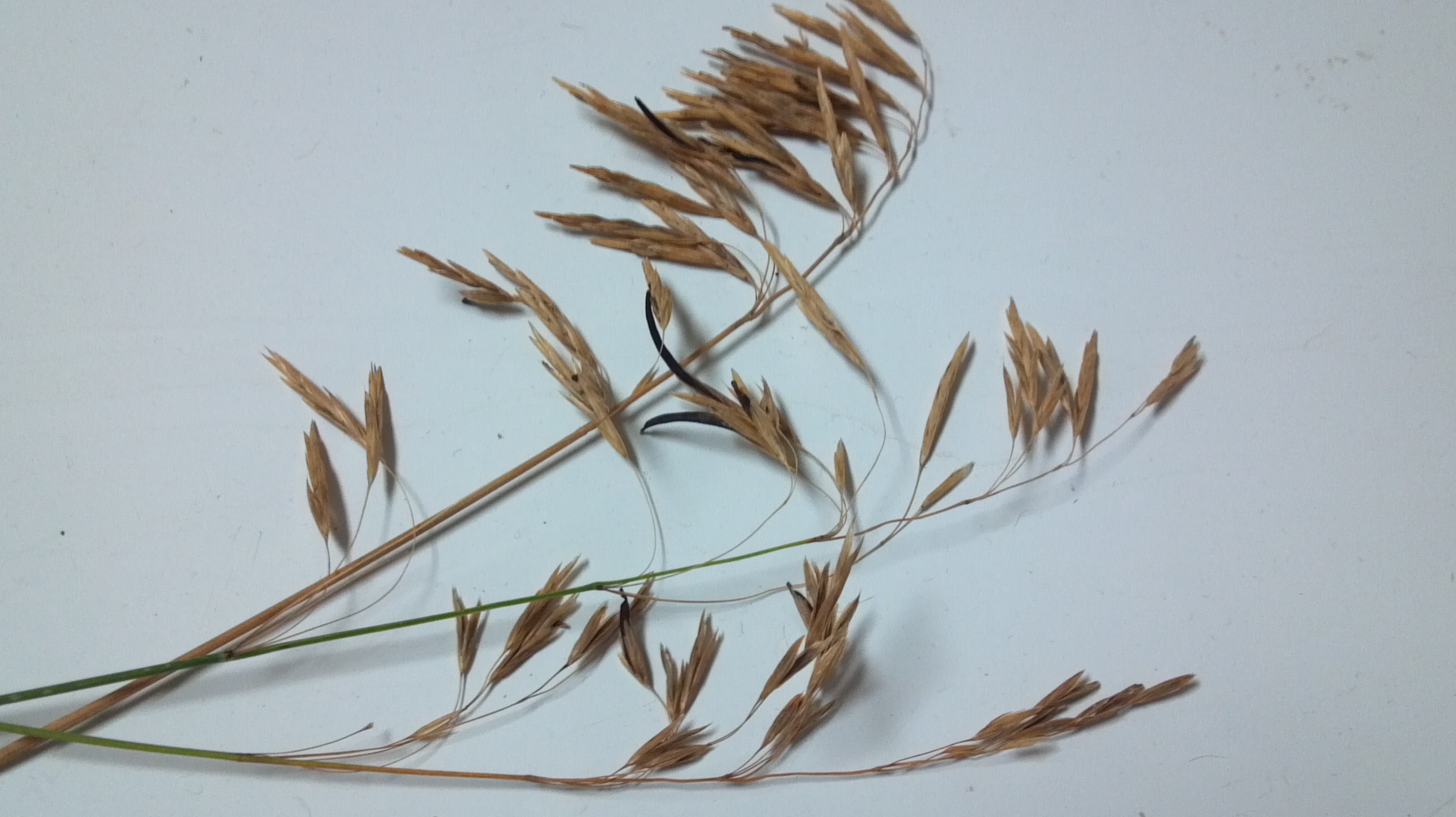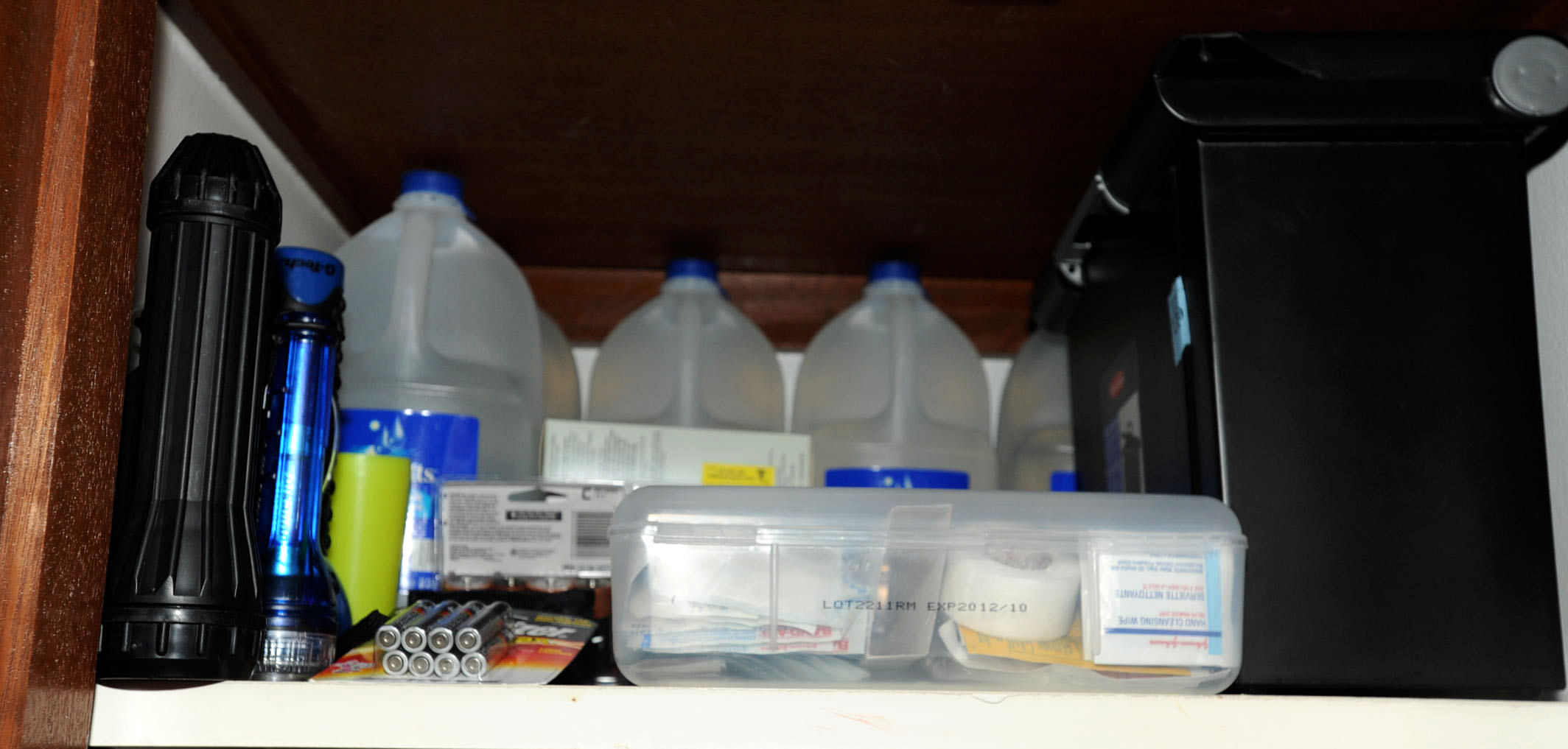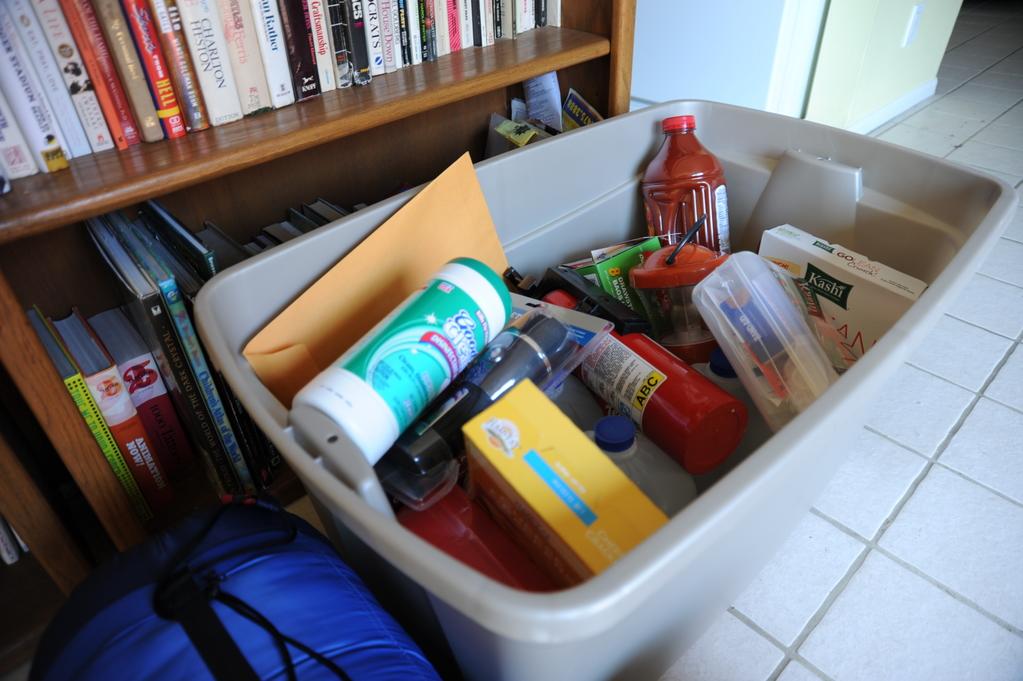Search

Ergot: A Potential Livestock Poisoning Problem
Cool, damp weather followed by warmer temperatures favors grasses becoming infected with ergot bodies, which can cause a certain kind of poisoning that can affect cattle on pasture.

Sweet Clover Poisoning
Hay that contains sweet clover can be an excellent feed as long as the dicoumarol level is known and feeding management is used to prevent poisoning.

Feeding Damaged Wheat to Cattle
Feeding damaged wheat to livestock is one way to salvage value from the crop. Wheat can work well in cattle diets with some limitations.

Food Safety: During & After Flooding
In the event of flooding, having a plan in place for food safety is beneficial. Knowing how to determine if food is safe and how to keep food safe will help reduce the potential for food waste and reduce the risk of foodborne illness. Here are some tips to keeping your food safe.

Where to Find Weather and River Forecasts
Weather and flooding concerns can develop and change rapidly. There are some excellent resources for real-time information for weather forecasts and river flooding that can be accessed online.
Floodwater: Road Crossing Hazards
During flooding, and when driving in the countryside we oftentimes encounter a creek or stream running on top of the road. Be aware that a course of water running over the road can turn into a very dangerous, even life-threatening situation if you attempt to cross it with your vehicle.

2018 Field Plot Summaries for Wheat Disease Management Trials
The wheat disease management field experiments conducted in the 2018 growing season evaluated several experimental and commercially available fungicides for managing foliar, head or root diseases of spring wheat. Foliar and spike/head diseases incidence and severity were assessed. The field experiments were implemented at Volga Research Farm and Northeast Research Farm (NERF) near South Shore, SD. Results of the same experiment may vary between Volga and Northeast due to environmental differences between the two locations.

Flood Safety Considerations for Youth
Much like any event or disaster, the time to prepare for a flood is before it happens. Families should prepare for events by having a conversation with family members.

Cleanup in Your Home: After the Flood
When faced with disaster, one may not know where to begin or what to do when cleaning out our homes and businesses following a flood. To get started with this task, SDSU Extension has put together a list of resources to help start cleaning flood damages, personal belongings, and mold and mildew issues.

Sorghum Weed Control
Early competition, especially from grass, is critical for successfully controlling weeds in sorghum. There are preemergence as well as postemergence herbicides available for this crop. Early treatment provides the best control of broadleaved weeds with crop stage also being a critical factor for some postemergence treatments.